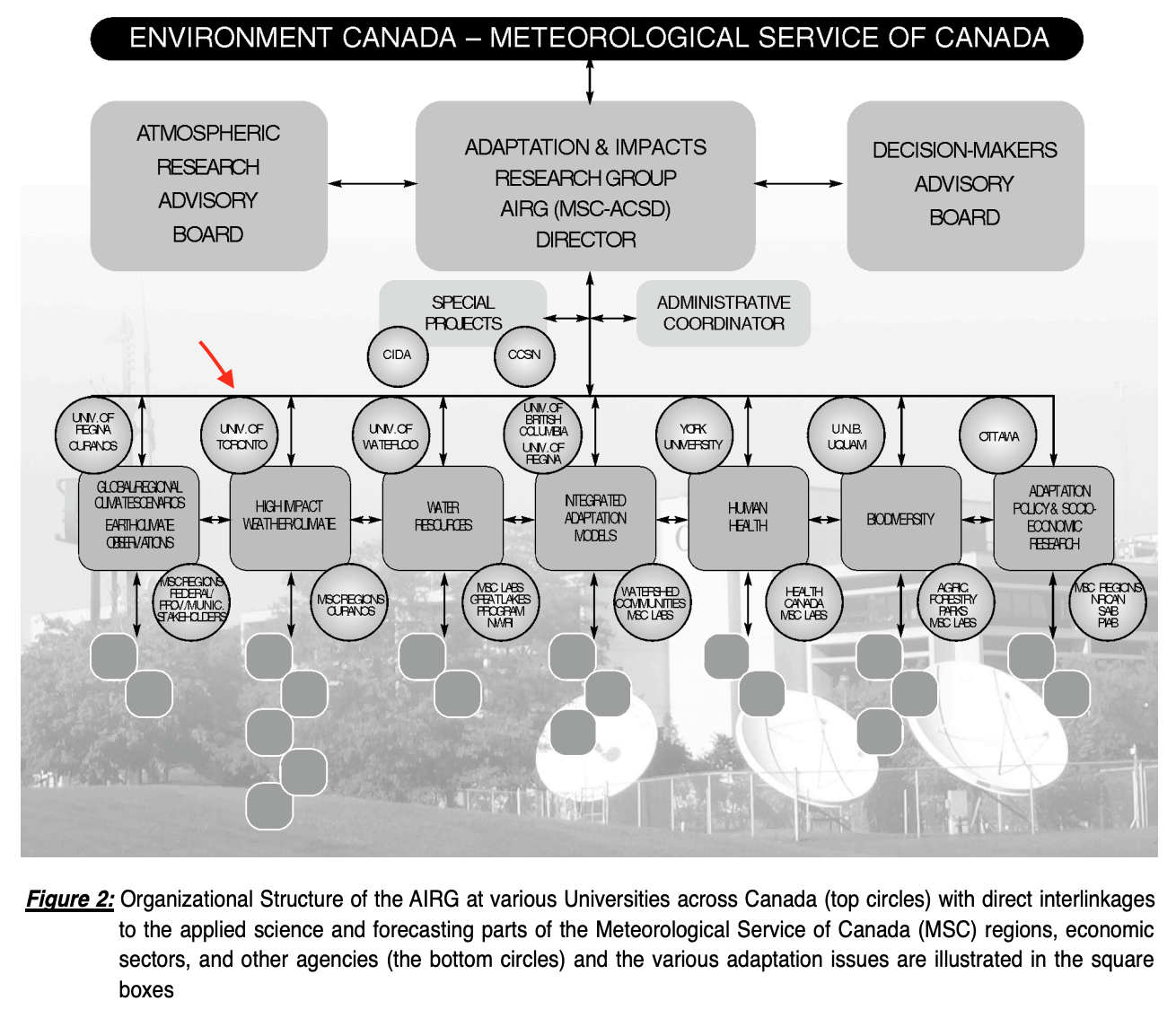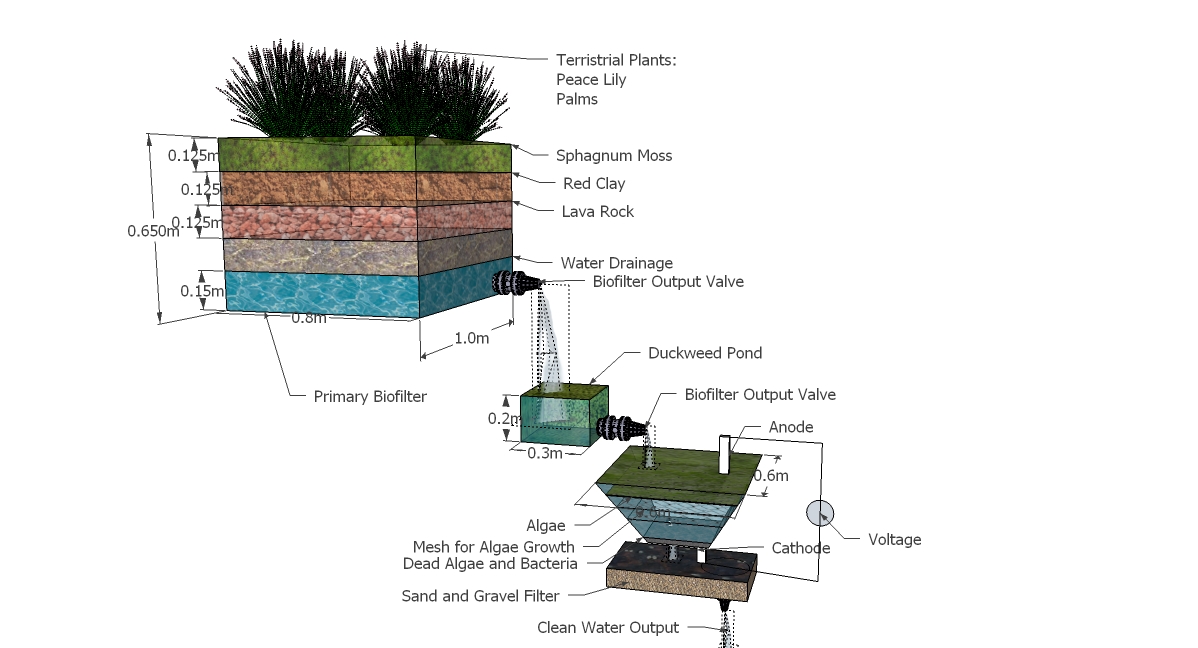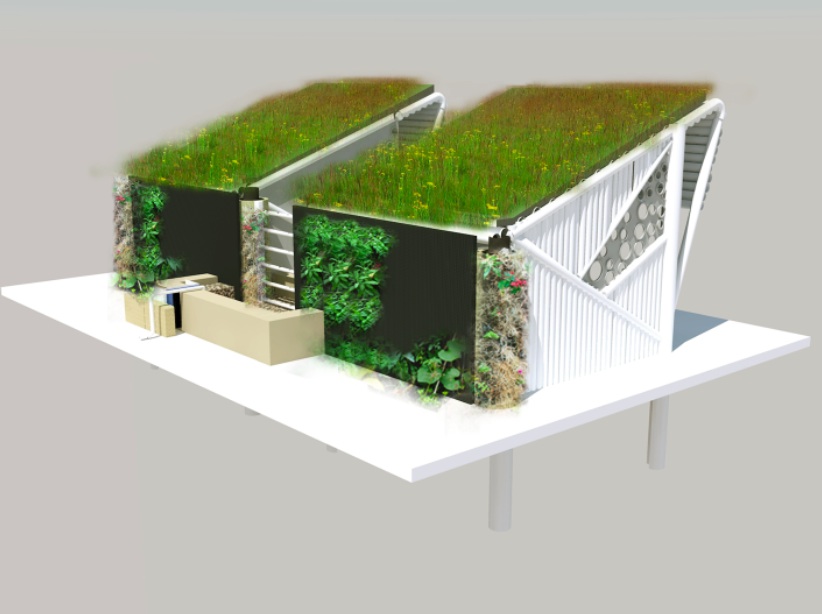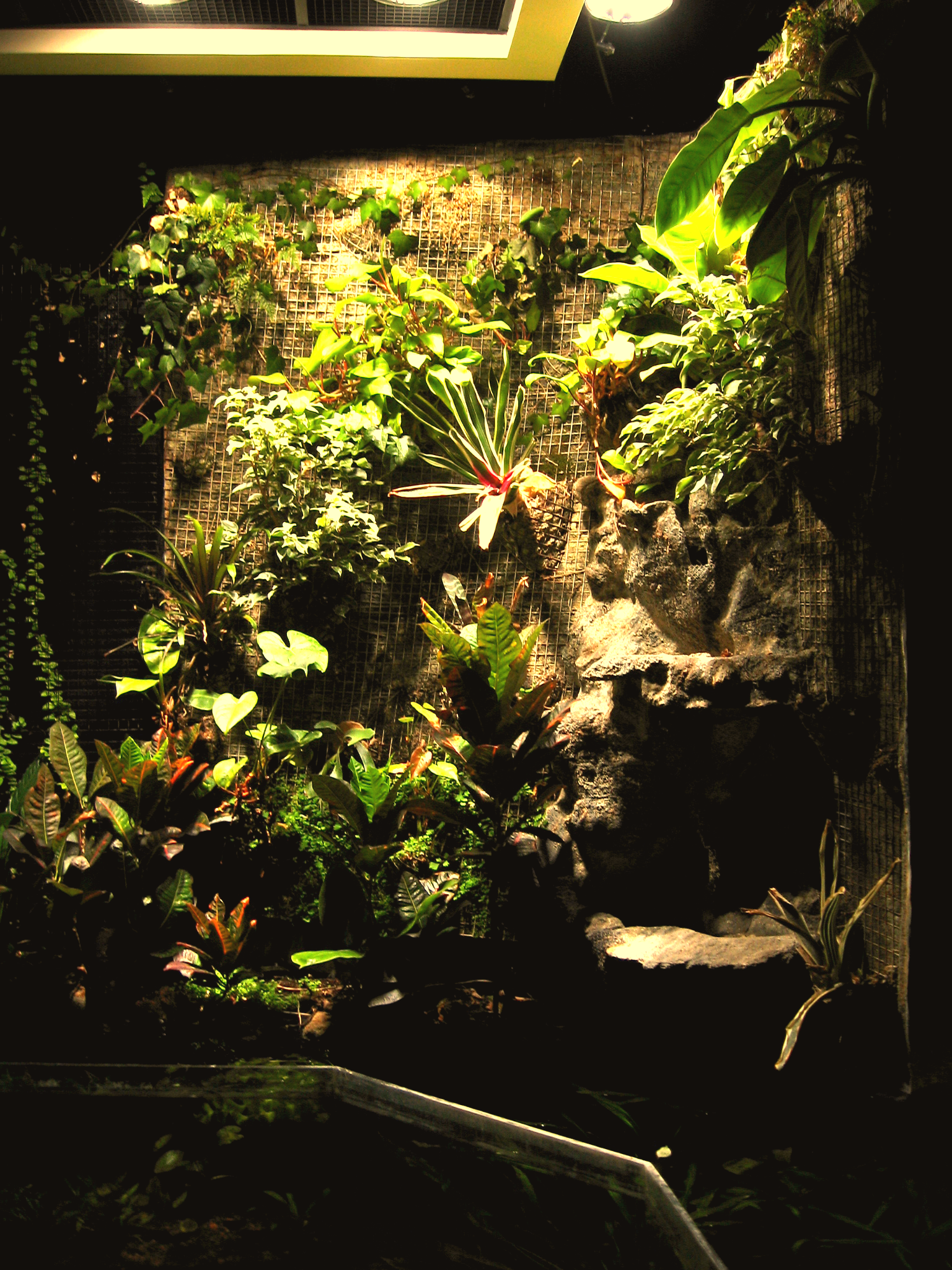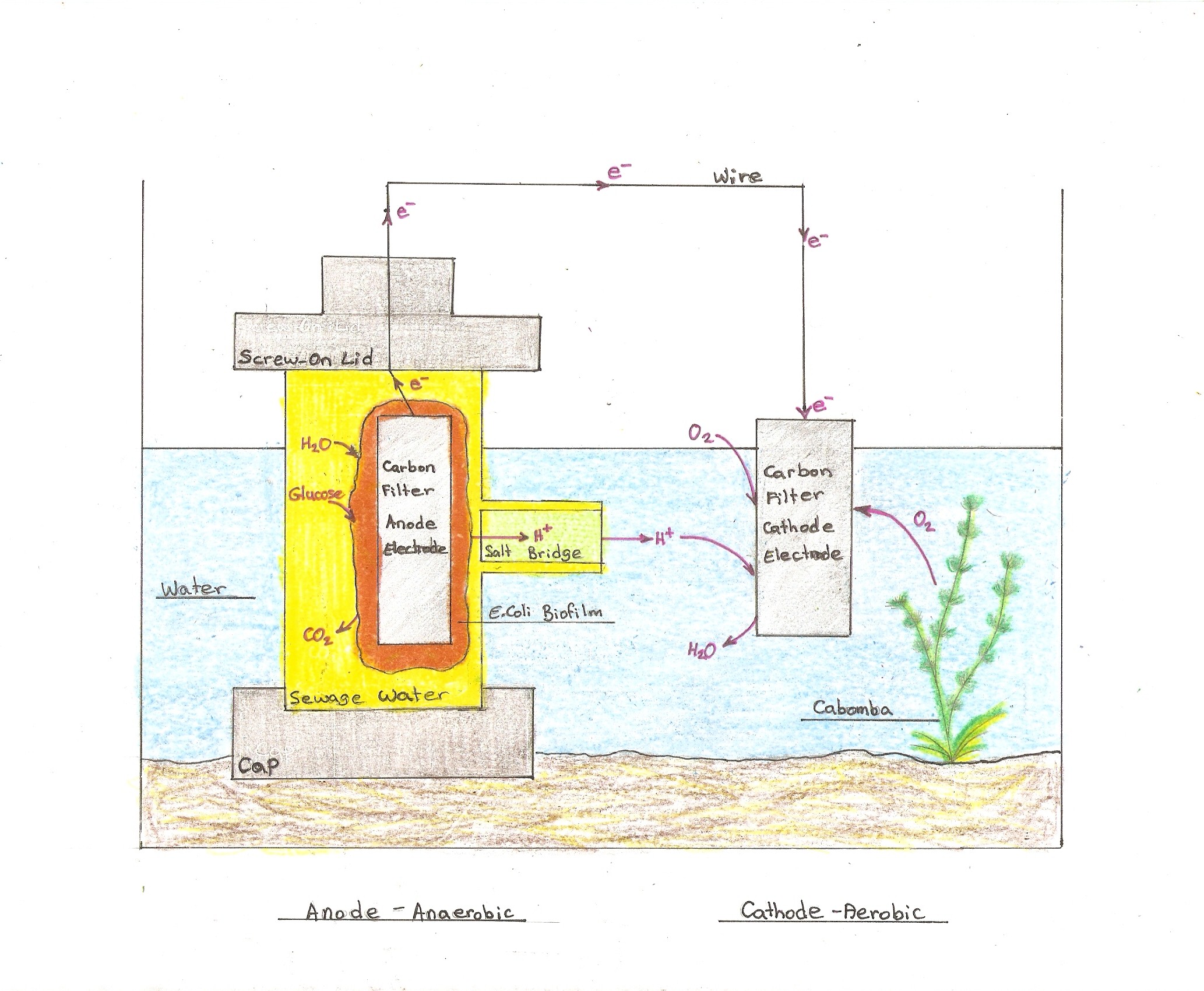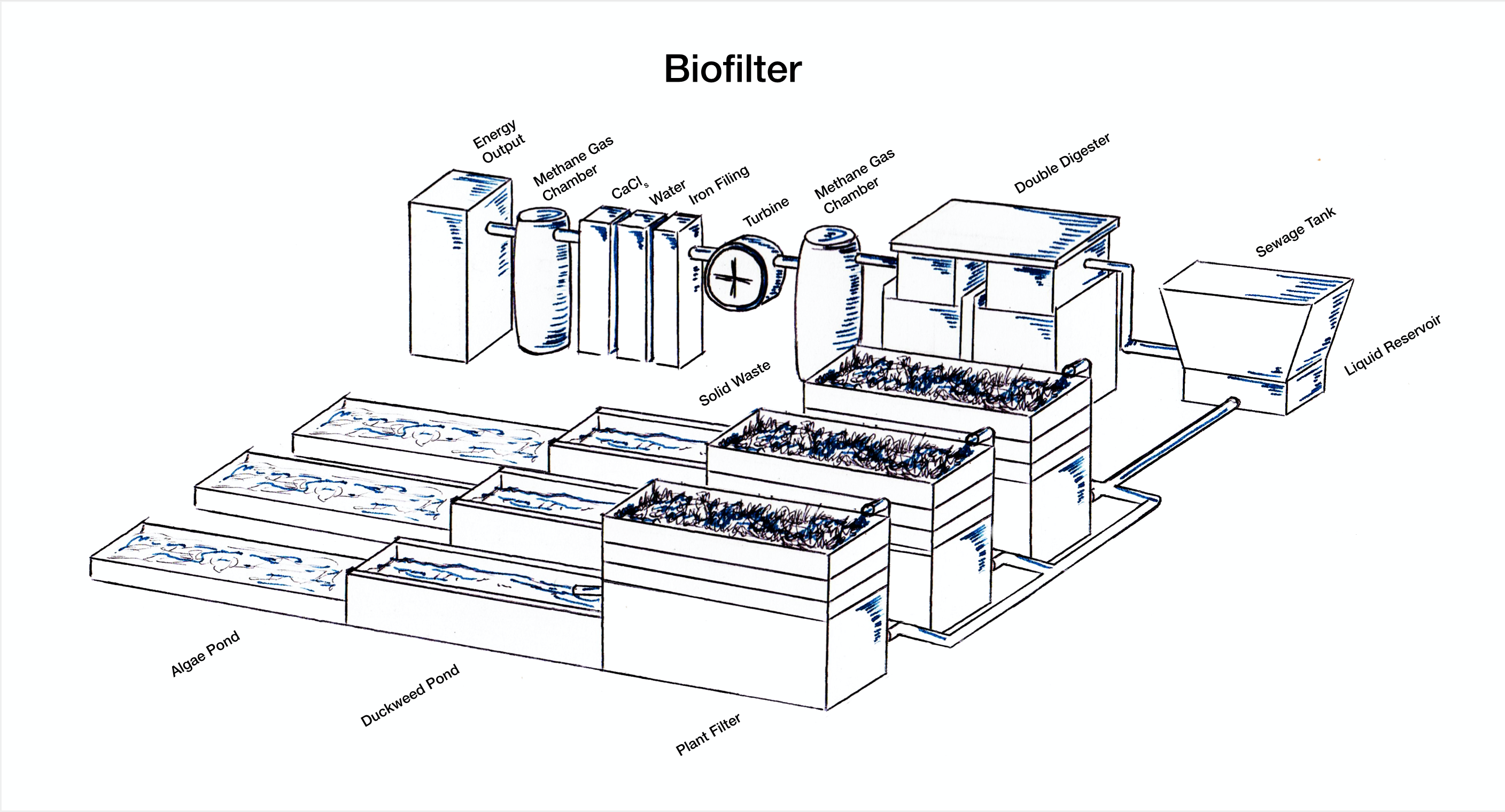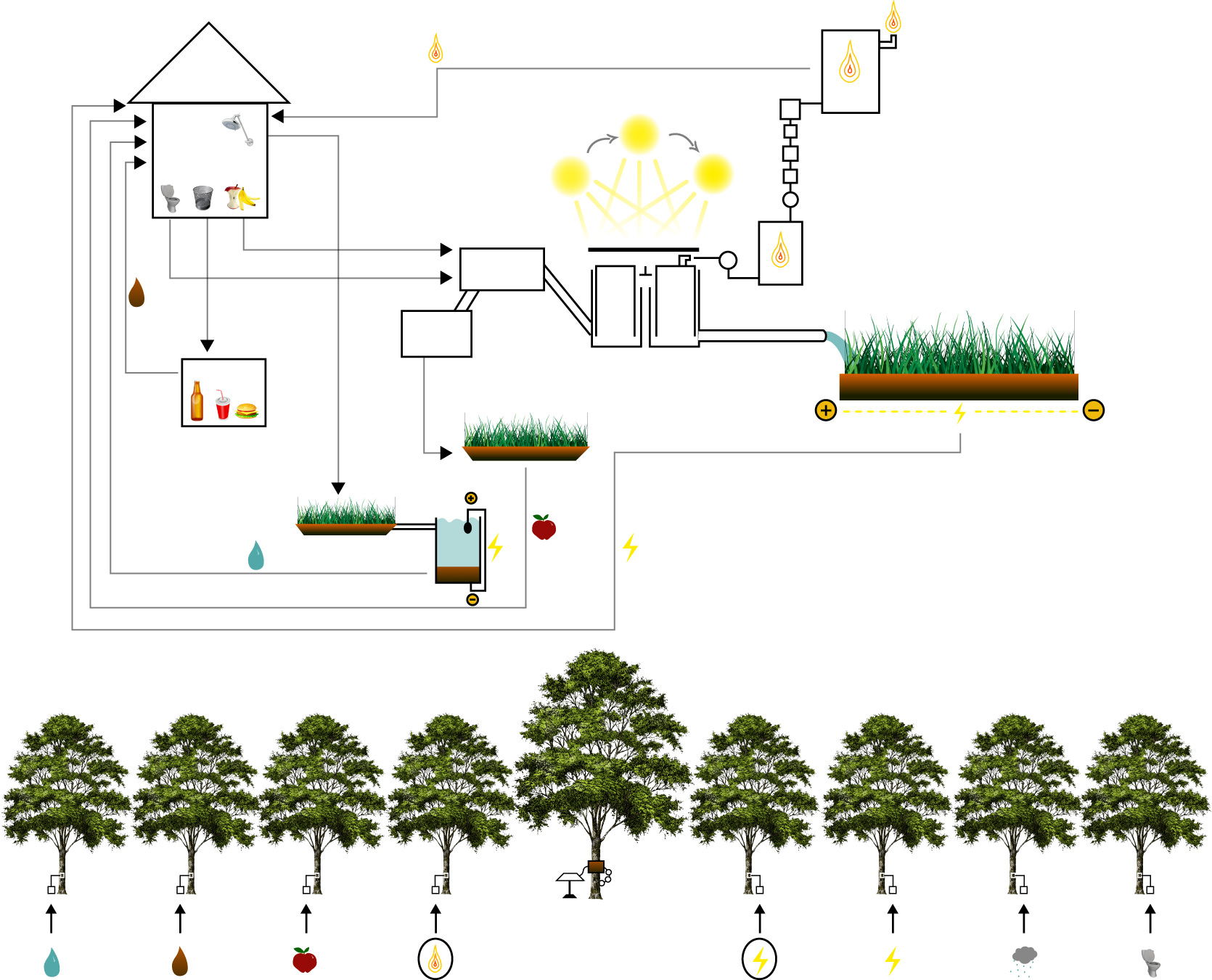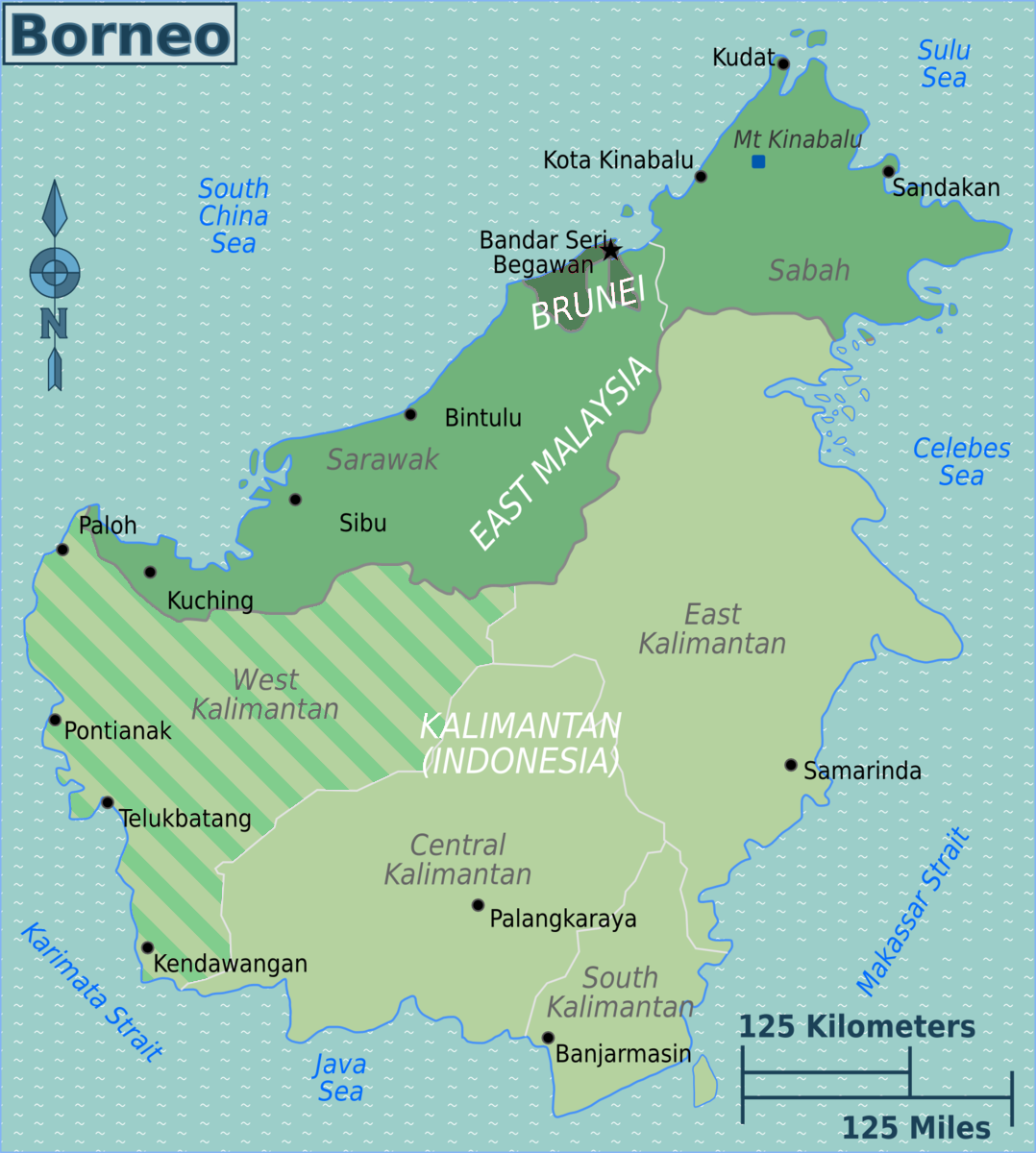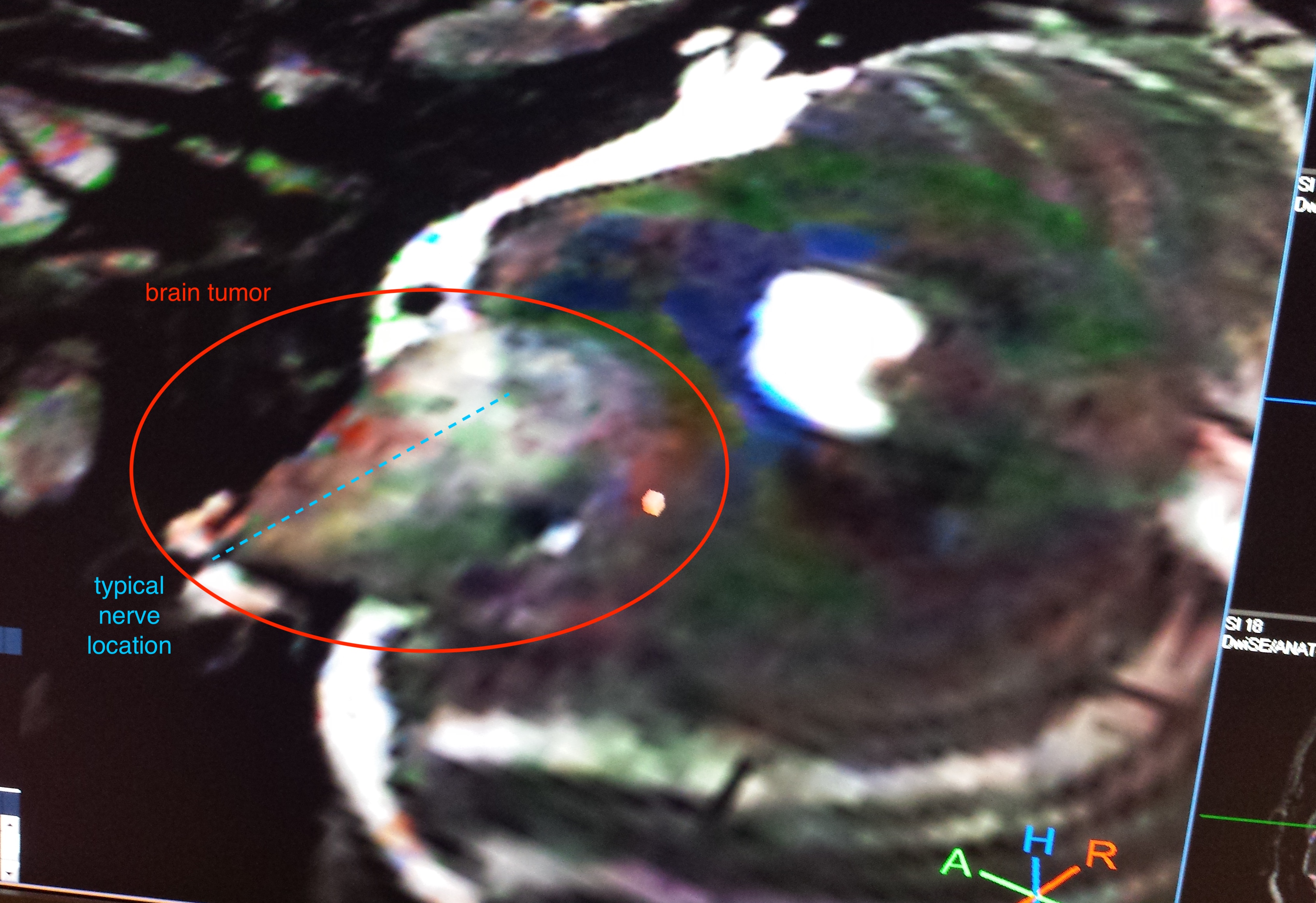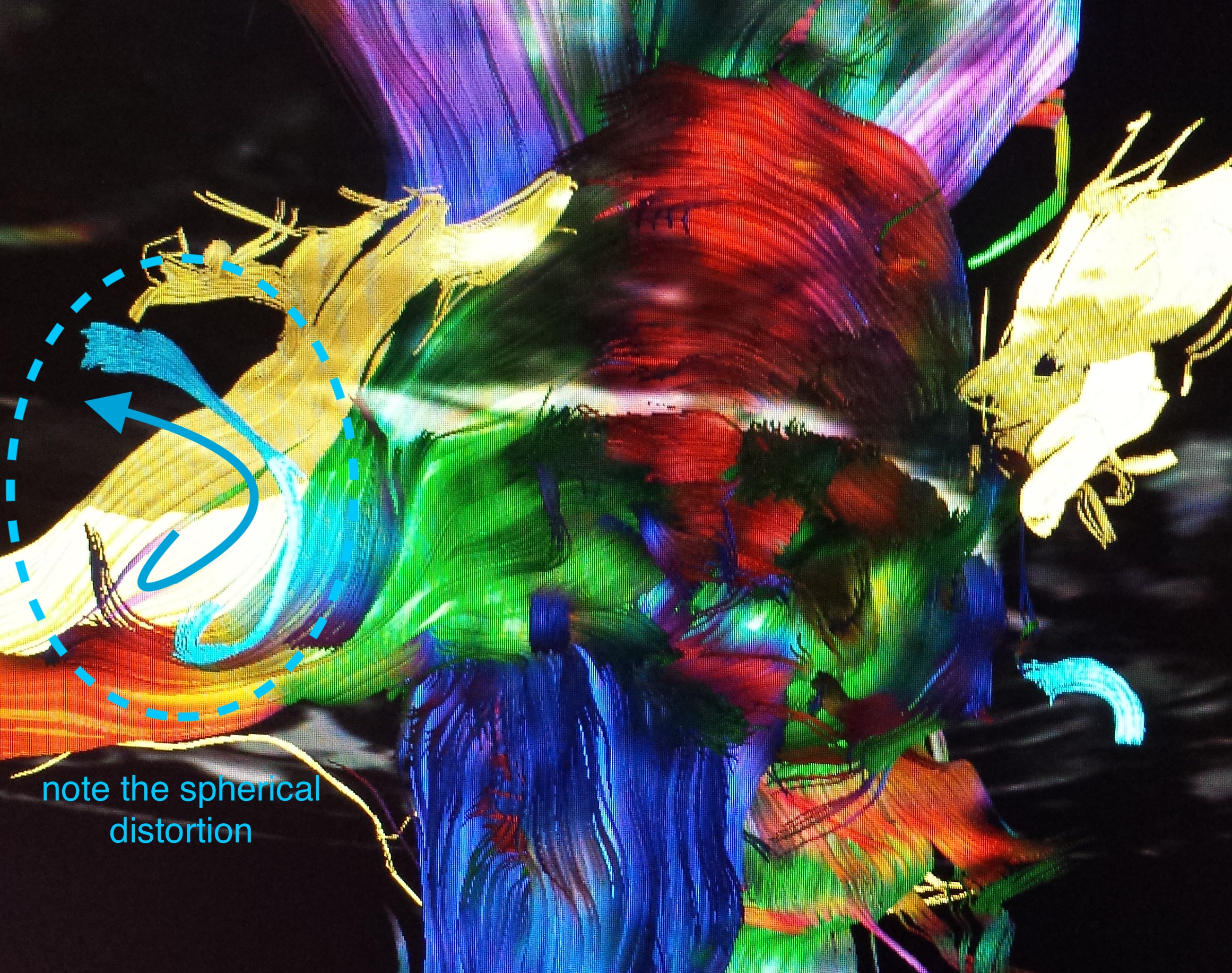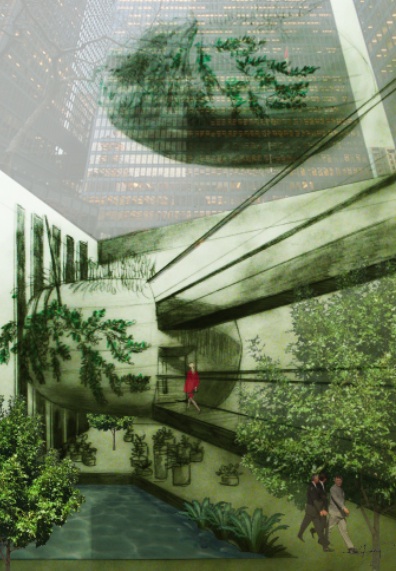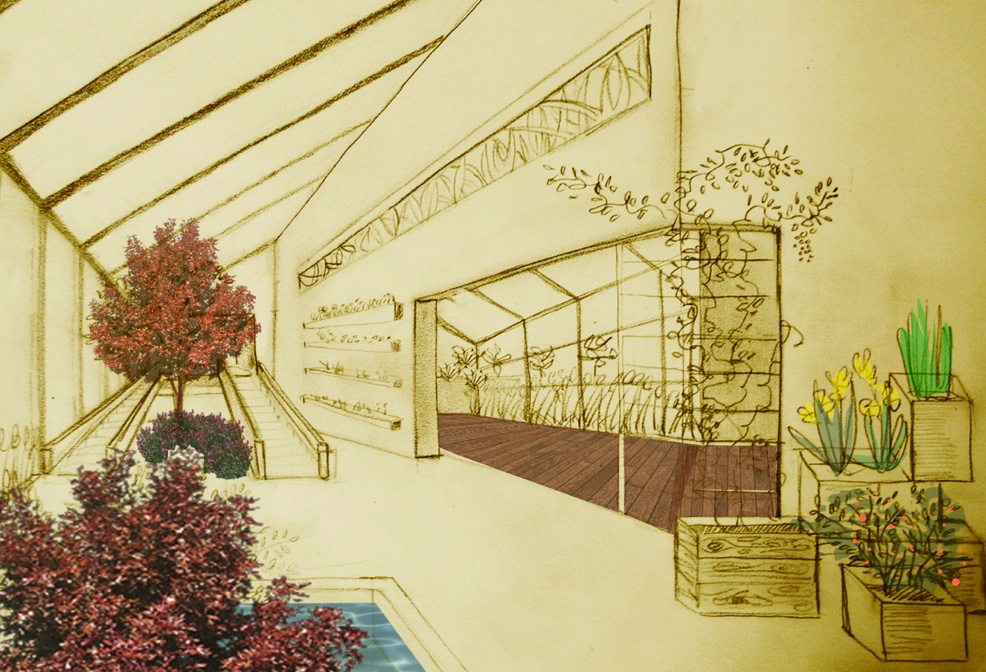About Me
Repeat startup founder, former
Deep interest in complex systems, intelligent machines, and organizational and
Occasionally also write and publish professionally, including, most recently, a professional postmortem of the October 7th crisis in Israel-Palestine from an organizational science perspective (now out in New Lines Magazine). It has also been translated into Italian (published in Internazionale).
unicornRoivant Sciences [$7.3B exit]
and public companyAxovant Gene Therapies
chief of staff, and scientist at the intersection of technology and human society. Worked professionally in neuroscience, machine learning and artificial intelligence, socioeconomic anthropology, organizational science, and environmental technology. Deep interest in complex systems, intelligent machines, and organizational and
sociotechnicalintegrated human-machine
systems that augment both individual and collective human capabilities. Currently developing a visual programming language for organization design, in order to make sociotechnical systems easy to understand for both people and machines.Occasionally also write and publish professionally, including, most recently, a professional postmortem of the October 7th crisis in Israel-Palestine from an organizational science perspective (now out in New Lines Magazine). It has also been translated into Italian (published in Internazionale).
Education
- CÉGEPpre-university college in Québec:Liberal ArtsWestern history (ancient to modern), art history, philosophy, poetry, classical literature, sacred writings, research methods, calculus, principles of math & logic
- University: neuroscience, social-cultural and linguistic anthropology, some electrical engineering, cyberneticsthe study of adaptive feedback and control systems, and
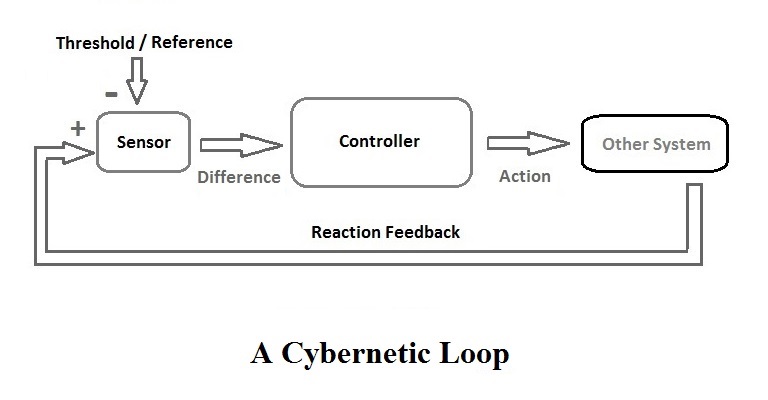 semioticsthe study of signs and symbolic systems. Graduated Hon. BSc from the University of Toronto in 2014.
semioticsthe study of signs and symbolic systems. Graduated Hon. BSc from the University of Toronto in 2014.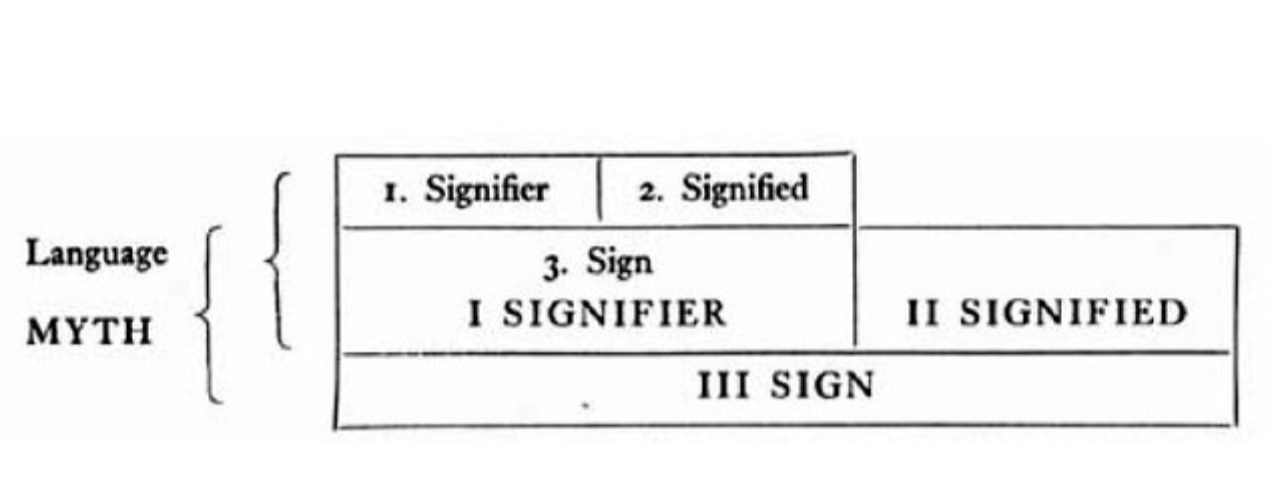
The underlying logic was that I wanted to understand the biological basis of how we navigate and experience the world (neuroscience), how culture and society tints those base inputs (social-cultural and linguistic anthropology; semiotics), and then be able to apply that knowledge to the design of intelligent machines (electrical engineering) and feedback systems (cybernetics) to solve human problems. That perspective has guided much of my work in the years since.
